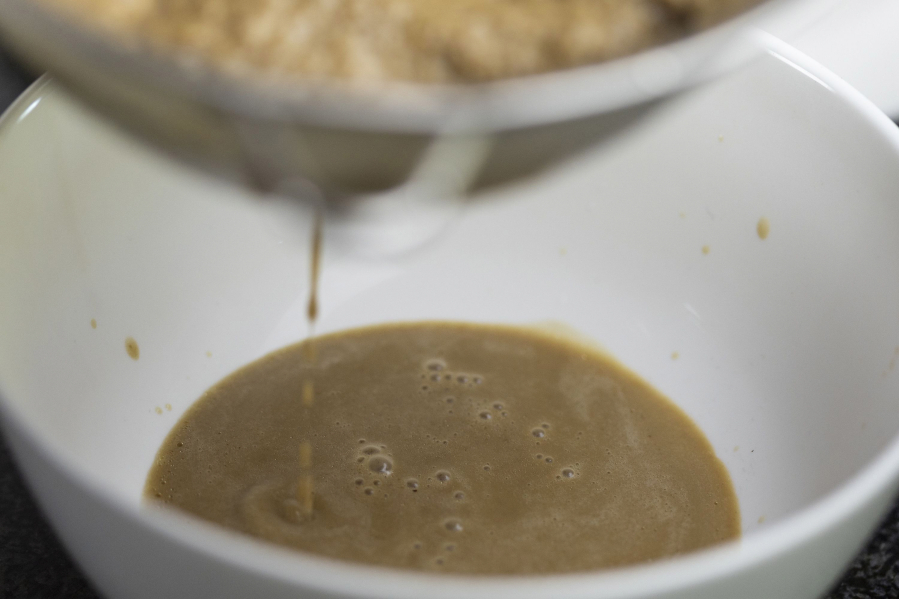PHILADELPHIA — Three years into retirement now, Susanna Foo settled back in a chair in her kitchen to reminisce. She’s lived a lot at age 79, from her upbringing in Inner Mongolia to Taiwan to the United States. She spent 22 years at the landmark restaurant bearing her name on what was Philadelphia’s once-mighty Walnut Street restaurant row, and is widely credited with popularizing French-Asian fusion cuisine in the 1980s.
But this was not the plan, at least until she was 36.
“I’ve been lucky,” Foo said. “I even wrote a book about my life. I would say I’m an accidental chef. I never thought I could be a chef. When I was in college, all I dreamed was to find a wonderful man and marry him, help him (build) a career, have children.”
She enjoys telling the story of how she might have been a librarian if not for four brutally cold winters in Valparaiso, Ind.
Susanna and E-Shin Foo met at Carnegie Mellon University in Pittsburgh and married in 1967. They were a couple on the move. E-Shin, a Chinese-born engineer, professor, and an expert in metallurgy, went to work for 3M Corp. in northern Indiana in 1974, after a year in Tallahassee, Fla. Before that, he had moved his wife and sons, Gabriel and James, from Taiwan. Susanna, also a Chinese émigré and with a master’s degree in library science, was at home with the boys.



